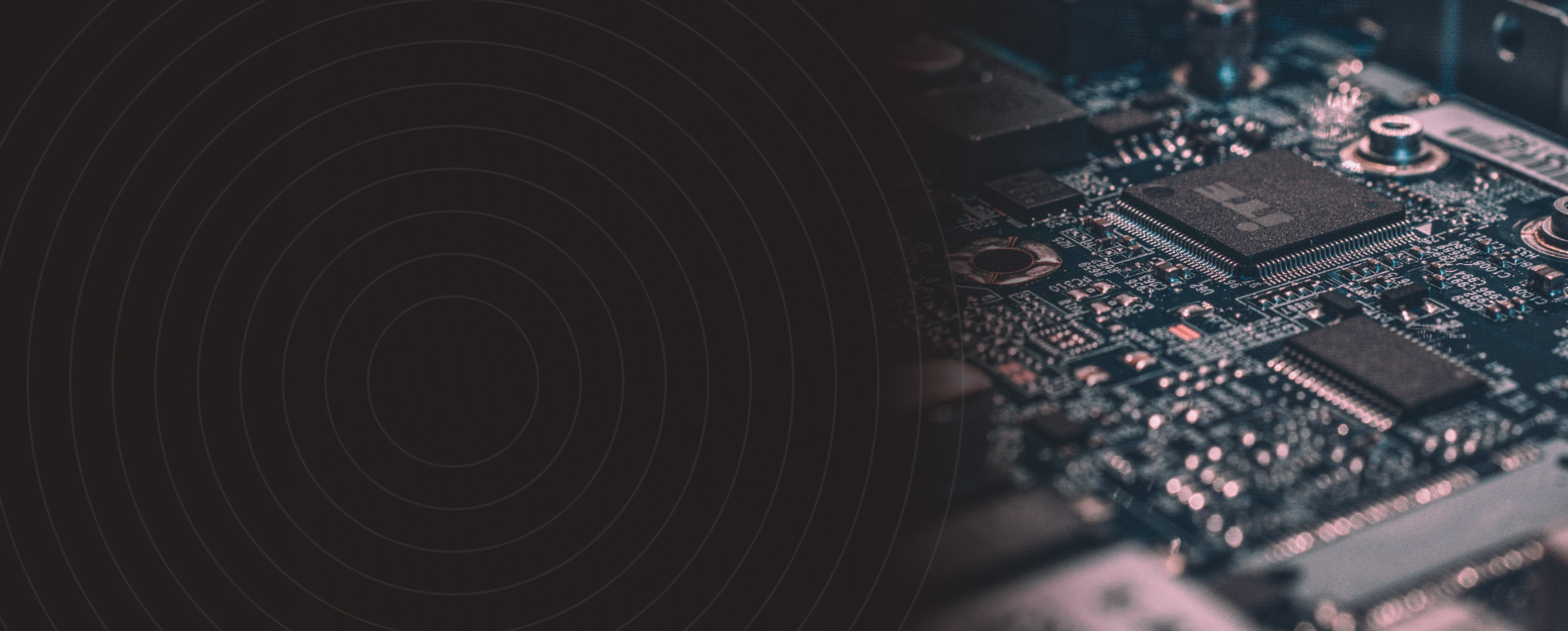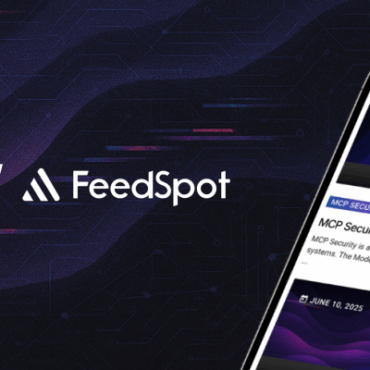Open-source security in AI
HelpNet Security, June 12, 2024
The 2024 AI Index report highlights a surge in AI-related patents, showing the industry’s focus on innovation. Despite this, companies frequently neglect specialized AI security protocols, heightening the risk of exploitation and misuse. Open-source components, not originally designed for AI, introduce unique security challenges such as untrusted inputs and unexpected error states.
To address these risks, companies must invest in securing the open-source projects they depend on. This can involve funding independent developers, sponsoring project maintainers, or supporting security audits. Collaborative efforts among corporations and international organizations can foster a unified approach to AI security, mitigating systemic risks and preventing costly breaches. Prioritizing open-source security is essential for protecting sensitive data and maintaining public trust. Investing in robust security measures today will ensure a safer and more secure AI landscape for the future.
AI poisoning is a growing threat — is your security regime ready?
CSO, June 10, 2024
AI system poisoning involves attackers injecting malicious data into AI models during their training phase, leading to compromised outputs and behaviors. This emerging threat poses significant risks to the security and integrity of AI systems, demanding urgent attention and robust countermeasures. Experts warn that as AI adoption continues to expand, so will the frequency and sophistication of poisoning attacks. These attacks can have wide-ranging consequences, from undermining decision-making processes to causing complete system failures. Given the potential impact, it is crucial for organizations to enhance their security regimes to detect and mitigate such threats effectively.
Security leaders and organizations must prioritize the development and deployment of advanced security frameworks tailored to address the unique challenges posed by AI system poisoning. Collaborative efforts across industries, combined with investments in cutting-edge security technologies, are essential to building resilient AI infrastructures that can withstand and respond to these evolving threats. Implementing comprehensive security measures, including rigorous data validation, continuous monitoring, and robust incident response plans, can help safeguard AI systems against these malicious activities.
CISO Perspective: 10 Critical Cybersecurity Considerations for the GenAI Era
Acceleration Economy, June 10, 2024
The Open Web Application Security Project (OWASP) has introduced the LLM AI Cybersecurity & Governance Checklist to help organizations identify and mitigate risks. Critical areas include adversarial risks, threat modeling, AI asset inventory, and security training. Additionally, governance, legal, and regulatory considerations are essential for safe AI deployment. Establishing clear business cases, testing, evaluation, and AI red teaming are crucial to maintaining secure AI operations.
Organizations must prioritize these security measures to protect AI systems against emerging threats and ensure safe and ethical AI usage. Investing in comprehensive security frameworks and continuous monitoring will help safeguard sensitive data and maintain the integrity of AI applications.
Subscribe for updates
Stay up to date with what is happening! Get a first look at news, noteworthy research and worst attacks on AI delivered right in your inbox.




